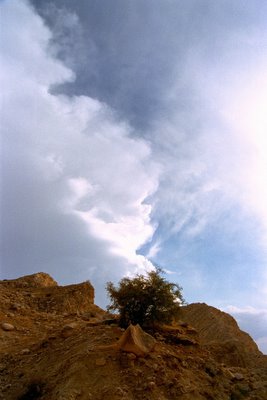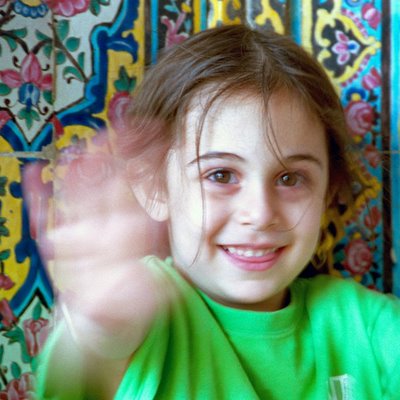 “So when Moses came near fire, a voice was uttered: O Moses: Surely I am your Lord, therefore put off your shoes; Surely you are in the sacred valley, Tuwa, And I have chosen you, so listen to what is revealed.” (The Holy Quran, Chapter: Ta Ha, abridgment of verses 11 to 13)
“So when Moses came near fire, a voice was uttered: O Moses: Surely I am your Lord, therefore put off your shoes; Surely you are in the sacred valley, Tuwa, And I have chosen you, so listen to what is revealed.” (The Holy Quran, Chapter: Ta Ha, abridgment of verses 11 to 13)Part of the Zagros Mountain range near “Varavi” village, Lamerd region in the south of Iran.




























